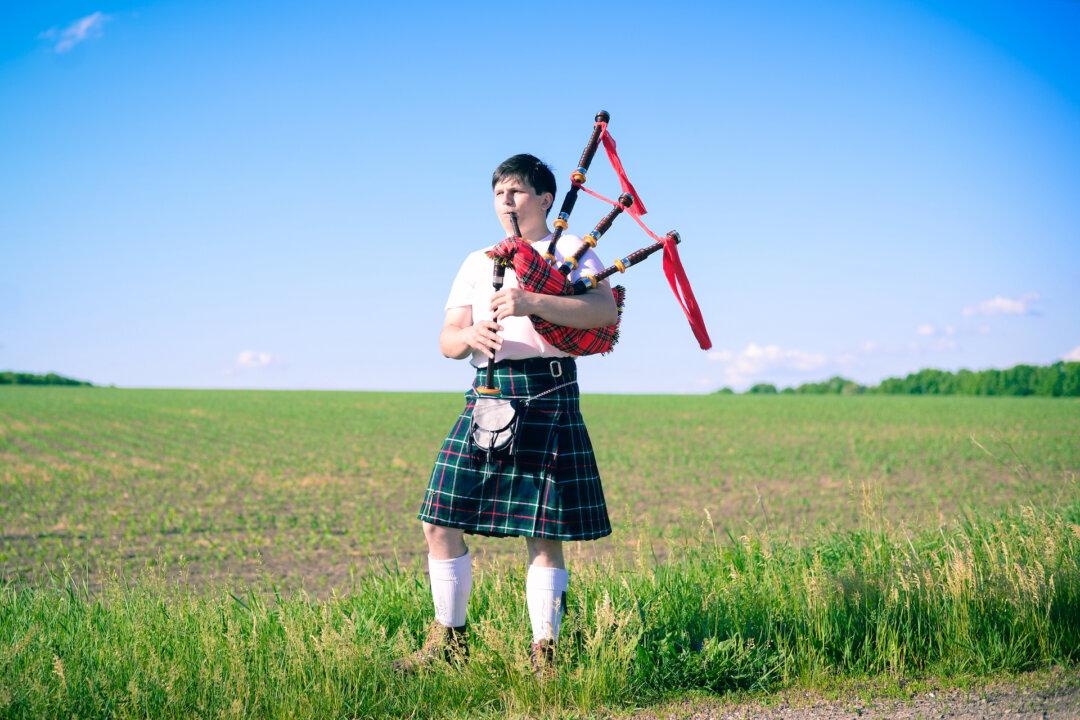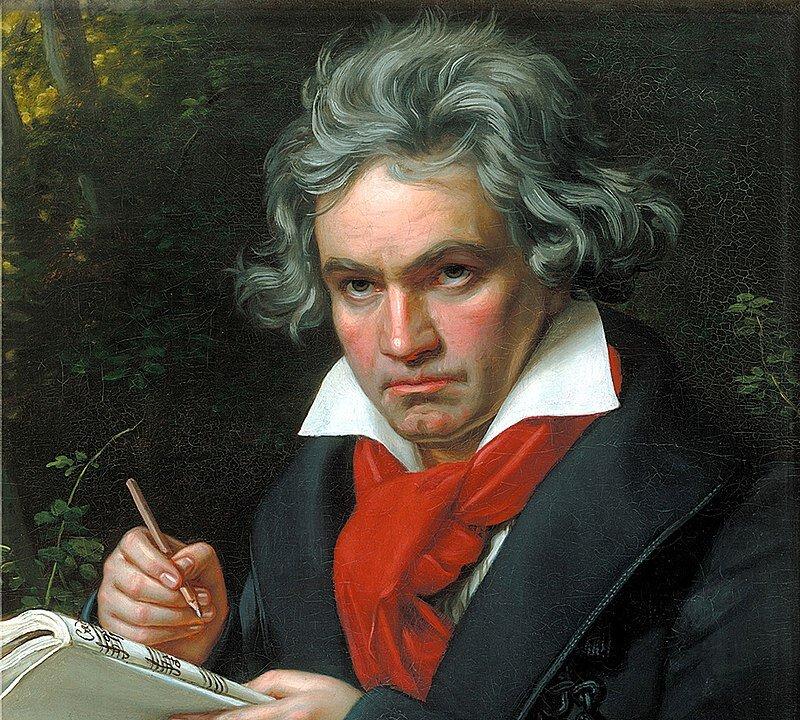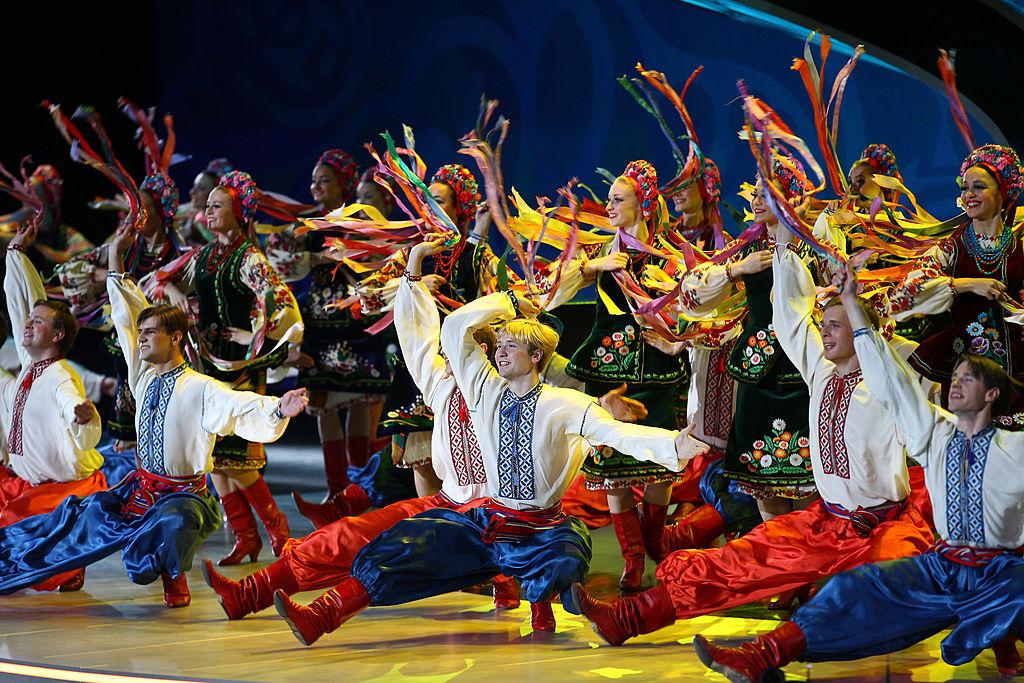From the haunting sounds of a sheng mouth organ to the lively melodies of a shakuhachi bamboo flute, wind instruments encapsulate the diverse musical traditions that span the globe. And while there are perhaps hundreds to learn about, here is a sampling that will broaden your musical horizons.
The Bagpipes
Regions: Scotland and IrelandIn the mist-covered hills of Scotland and the green pastures of Ireland, the bagpipes emerge as iconic symbols of the region. The Great Highland Bagpipes, with their unmistakable sound, have long been associated with the pageantry of Scottish history. You have likely seen these in parades or at special events.





